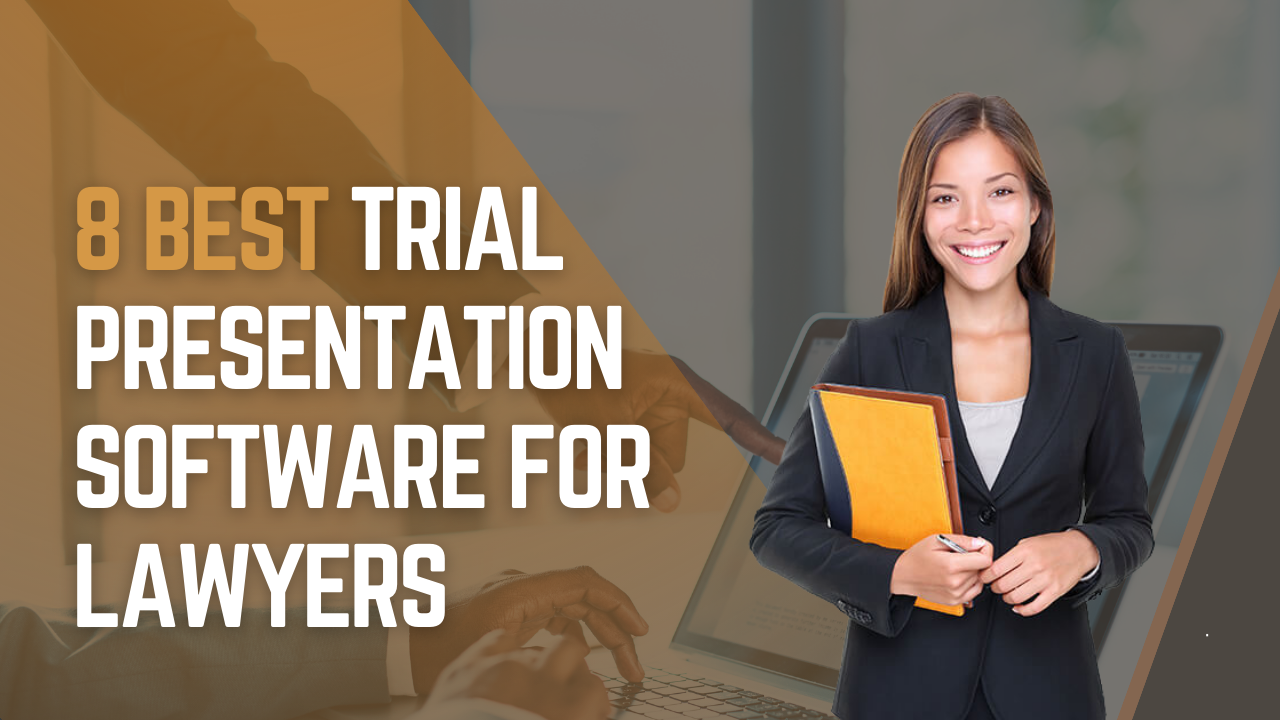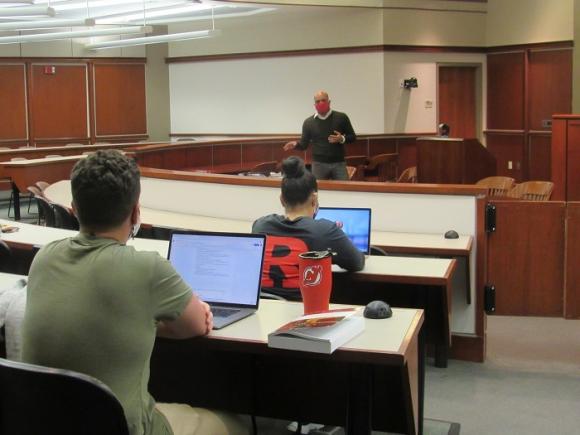Exactly how to Boost Your Case with Compelling Trial Presentations: Professional Tips for Lawyers
Exactly how to Boost Your Case with Compelling Trial Presentations: Professional Tips for Lawyers
Blog Article
Navigating the Intricacies of Trial Presentations: Tips for Seamless Distribution and Engaging Arguments
In the realm of legal procedures, the art of trial discussion stands as an essential determinant of success. The complexities fundamental in test discussions call for a fragile equilibrium of approach, skill, and ability.

Recognizing Trial Goals
To properly navigate a trial, it is vital to have a clear understanding of the purposes that need to be achieved. Before entering the court room, legal teams must define their goals and preferred results. These purposes act as guiding principles throughout the trial, shaping methods and affecting decision-making procedures.
Recognizing test purposes entails a comprehensive analysis of the case, legal precedents, and the client's best rate of interests. Trial Presentations. It needs a careful assessment of the truths, recognizing crucial concerns, and preparing for possible difficulties. By establishing measurable and specific goals, attorneys can tailor their presentations and debates to straighten with the wanted outcomes
Additionally, a clear grasp of trial purposes enables legal groups to prioritize proof, witnesses, and legal disagreements successfully. It enables for the advancement of a systematic narrative that resonates with the discretionary, strengthening the total situation discussion.

Organizing Proof Properly
Having a clear understanding of test goals lays the foundation for arranging evidence properly in legal proceedings. By straightening the presentation of proof with the preferred outcomes of the test, legal groups can strengthen their debates and enhance their persuasiveness.
An additional crucial element in arranging proof successfully is establishing a rational flow. Providing proof in a consecutive and meaningful fashion can assist construct a compelling story that supports the legal debates being made. Furthermore, making use of visual help such as charts, timelines, or charts can even more boost the organization of proof and aid in clarifying complicated relationships or sequences of occasions.
Furthermore, guaranteeing that all proof presented is appropriate and permissible to the case is necessary. Inadmissible or unimportant proof can diminish the strength of the argument and potentially hurt the reputation of the here and now celebration. A meticulous review and selection process ought to be carried out to include only the most impactful and lawfully sound evidence in the trial presentation.
Crafting Persuasive Stories
Crafting engaging narratives plays a pivotal duty in providing influential disagreements during lawful procedures. When creating a story for a trial discussion, it is important to develop a clear storyline that highlights key factors and connects them in a systematic way. By weaving with each other evidence, testimony, and legal debates into a natural and convincing story, legal experts can effectively support for their clients and boost the likelihood of a positive outcome in the court.
Mastering Visual Help
Effective use of aesthetic aids is essential to boosting the impact and clearness of test presentations. Visual help, when made use of strategically, have the power to streamline intricate information, strengthen bottom lines, and leave a long lasting impact on the court and jury. To grasp aesthetic help in test presentations, it is crucial to guarantee that they are clear, succinct, and pertinent to the arguments being made.
When incorporating visual help, such as graphes, pictures, charts, or timelines, into a trial presentation, it is important to maintain them aesthetically appealing yet specialist. The visuals should complement the verbal arguments, offering a visual representation of the info being talked about without overwhelming the audience with unnecessary details.
Furthermore, exercising with the visual aids beforehand is critical to More Help ensure a smooth distribution throughout the test. Acquainting oneself with the material, shifts, and timings of each visual aid can help keep the circulation of the discussion and stop technical glitches that may arise.
Supplying Impactful Closing Debates
A compelling closing debate serves as the culmination of a test discussion, enveloping the core story and convincing the court and jury in the direction of a beneficial choice. Begin by describing the major arguments that sustain your client's position, emphasizing why the proof offered throughout the trial sustains your narrative.
Additionally, including psychological appeal can even more enhance your closing disagreement. Inevitably, look at this web-site a well-crafted closing debate should leave a lasting perception, compelling the judge and jury to rule in your client's favor.
Final Thought
In final thought, understanding test discussions entails recognizing purposes, arranging proof, crafting stories, making use of aesthetic help, and providing impactful closing disagreements. By carrying out these approaches properly, legal representatives can offer their instance flawlessly and make engaging disagreements in the court. It is vital to browse go to the website the complexities of trial presentations with accuracy and ability to accomplish success in legal proceedings.
By aligning the discussion of proof with the preferred results of the trial, lawful groups can enhance their arguments and enhance their persuasiveness (Trial Presentations). To understand aesthetic aids in trial discussions, it is vital to make sure that they are clear, concise, and relevant to the debates being made
An engaging closing disagreement serves as the end result of a trial presentation, enveloping the core narrative and persuading the court and jury towards a desirable decision. Begin by outlining the major disagreements that support your customer's position, emphasizing why the proof presented throughout the test supports your story.In final thought, mastering test presentations entails comprehending purposes, organizing proof, crafting narratives, utilizing aesthetic aids, and providing impactful closing arguments.
Report this page